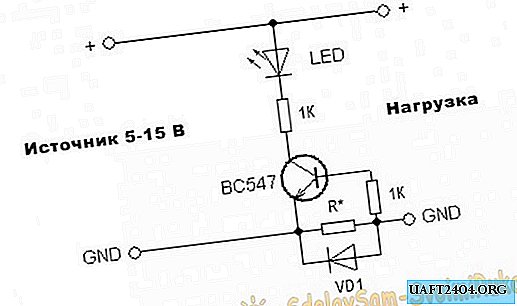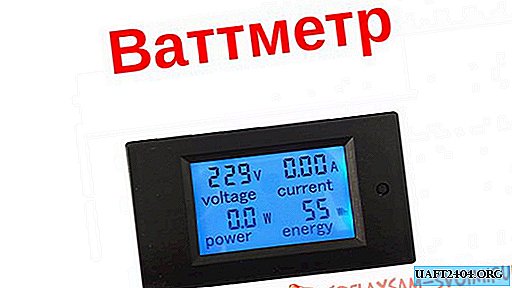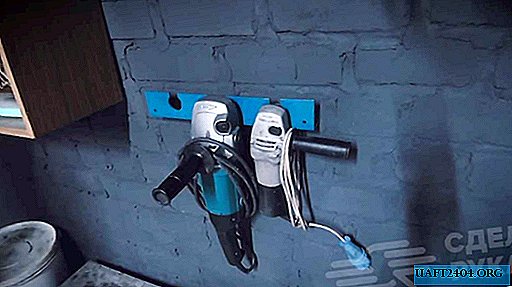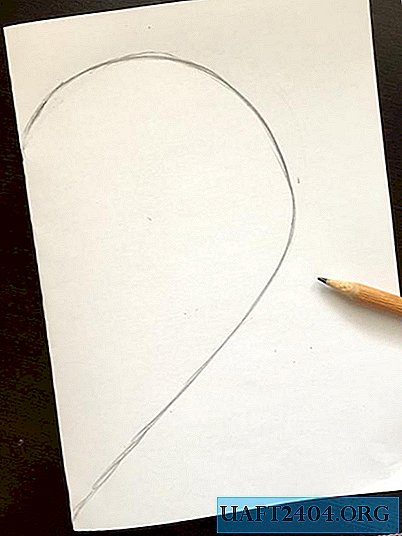Share
Pin
Tweet
Send
Share
Send
Another example. Let's say there is some kind of incandescent lamp in a car that you don’t see and don’t know if it burns or burns out. In the circuit to this lamp, you can also turn on the current indicator and control the flow. If the lamp burns out, it will be immediately visible.
Or there is a certain sensor with a filament. Tapa gas or oxygen sensor. And you need to know for sure that the filament did not break and everything is working properly. Here the indicator will come to the rescue, a diagram of which I will give below.
There can be many applications, of course the main idea is one - control of the presence of current.
Current indicator circuit

The scheme is very simple. A resistor with an asterisk is selected depending on the controlled current, it can be from 0.4 to 10 ohms. To charge a lithium-ion battery, I took 4.7 Ohms. Current flows through this resistor (if it flows), according to Ohm's law, a voltage is released on it, which opens the transistor. As a result, the LED lights up, indicating charging in progress. As soon as the battery is charged, the internal controller will turn off the battery, the current in the circuit will disappear. The transistor will close and the LED will turn off, thereby indicating that charging is complete.
The VD1 diode limits the voltage to 0.6 V. You can take any one for a current of 1 A. Again, it all depends on your load. But you can’t take a Schottky diode, because it has too little drop - the transistor may simply not open from 0.4 V. Through this circuit, you can even charge car batteries, the main thing is to choose a diode with a current higher than the current of the desired charge.

In this example, the LED turns on during the passage of current, and if you want to show when there is no current? In this case, there is a circuit with the reverse logic of work.

All the same, only an inverting key is added on one transistor of the same brand. By the way, a transistor of any of the same structure. Suitable domestic counterparts - KT315, KT3102.
In parallel with the resistor with an LED, the buzzer can be turned on, and when there is no current during control, say a light bulb, an acoustic signal will sound. What will be very convenient, and not dare to display the LED is not the control panel.
In general, there can be many ideas where to use this indicator.
Share
Pin
Tweet
Send
Share
Send











